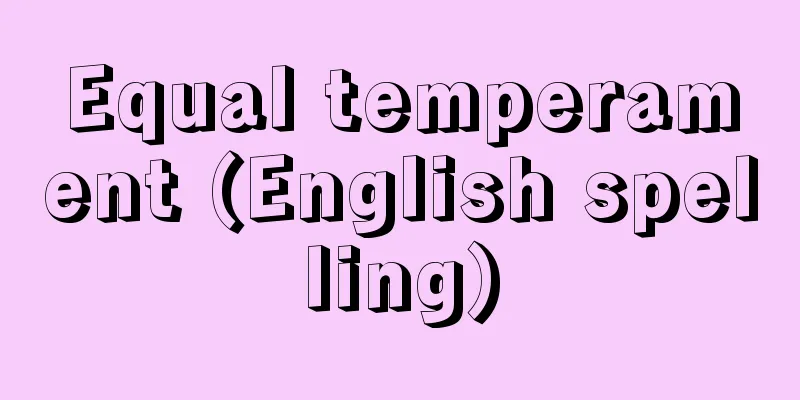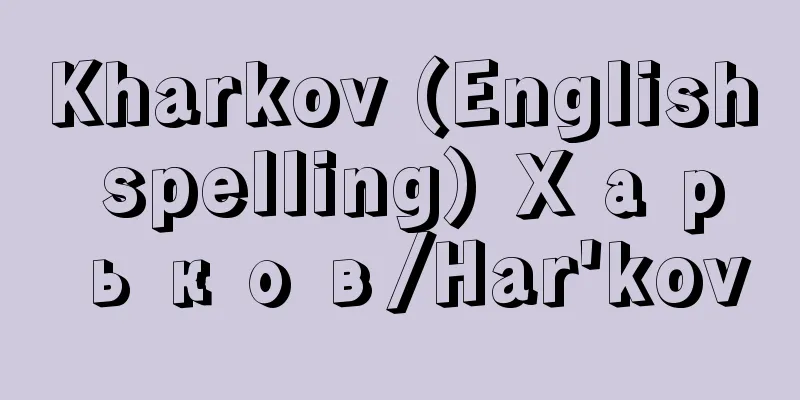activevoice

|
For example, in the English sentence "John kicked the dog," John, the subject of the action "kick," appears as the subject, and the dog, the object of the action, appears as the object. In such a case, the verb is in the active voice. In contrast, the same fact can be expressed from a different perspective as "The dog was kicked by John." *Some terminology explanations that mention "active voice" are listed below. Source | Heibonsha World Encyclopedia 2nd Edition | Information |
|
…たとえば,英語のJohn kicked the dog.という文で〈kick〉という行為の主体であるJohnは主語としてあらわれており,その動作の及ぶ対象であるthe dogは目的語となっている。このような場合動詞は能動態active voiceである。これに対して,同一事実を視点を変えてThe dog was kicked by John.ということができる。… ※「active voice」について言及している用語解説の一部を掲載しています。 出典|株式会社平凡社世界大百科事典 第2版について | 情報 |
Recommend
Land bridge theory - rikkyosetsu
In some cases, there is a strong affinity between ...
humanitalianism
...However, in Japan, this special meaning of hum...
Kanno Disturbance
The term refers to the division of the central br...
redneck
…After the defeat in the Civil War, the South was...
Placentation
…The location of the placenta in the ovary varies...
Zephyranthes candida (English spelling) Zephyranthescandida
…[Tora Saburo Kawabata]. … *Some of the terminolo...
Emura Hokkai - Emura Hokkai
A Confucian scholar and Chinese poet of the mid-E...
Umberto I - Umberto
…The family originated in the 11th century with U...
Raphia ruffia (English spelling) Raphiaruffia
…[Sumihiko Hatsushima]. … *Some of the terminolog...
Butlerov
Russian chemist. He studied chemistry under CE Cl...
Saarbrücken (English spelling)
The capital of the state of Saarland in western Ge...
Tobiyakko - Tobiyakko
The title of a Kabuki dance piece. Nagauta. The or...
Yoshimi Ashikaga
Year of death: Entoku 3.1.7 (1491.2.15) Year of bi...
Hanbo - Kara no Tomari
An ancient port in Matogata-cho, Himeji City, Hyo...
Floating World - Ukiyo
1. (Originally meaning "sorrowful world"...









